Spoon carving is a wood carving style that has been practised for generations. It is an art that is incredibly easy to learn as it uses a direct technique but still allows for creativity.
However, you are likely to make a few mistakes when starting. Whether you want answers about the suitable material to use, the proper tools, or the proper technique, this post answers 21 questions everyone asks about spoon carving.
If you want to enjoy carving spoons more, you should read on to learn more about the art and get more comfortable with your skills. You should be able to design carved spoons into your desired shapes and sizes once you gain more knowledge.
1. Which Tools Should You Use When Spoon Carving?

The essential tools for spoon carving are a straight knife, an axe, and a curved spoon knife. You can also use pocket knives, hook knives, bent gouges, a hatchet, a froe, and a saw.
The axe and saw are used to chop off branches and other essential functions.
2. Which Type Of Wood Is Used For Spoon Carving?
When carving spoons, you can use any green wood. The most popular woods for spoon carving are fruitwood, walnut, and cherry wood, but any recently alive wood works too!
3. Where Can You Get Wood For Spoon Carving?
You can get your wood from the local arborist. Additionally, you can trim your trees at home, get the wood from broken branches after windstorms, or visit orchards during pruning season. There are numerous methods to acquire green wood.
4. How Long Does It Take To Carve Your First Spoon?
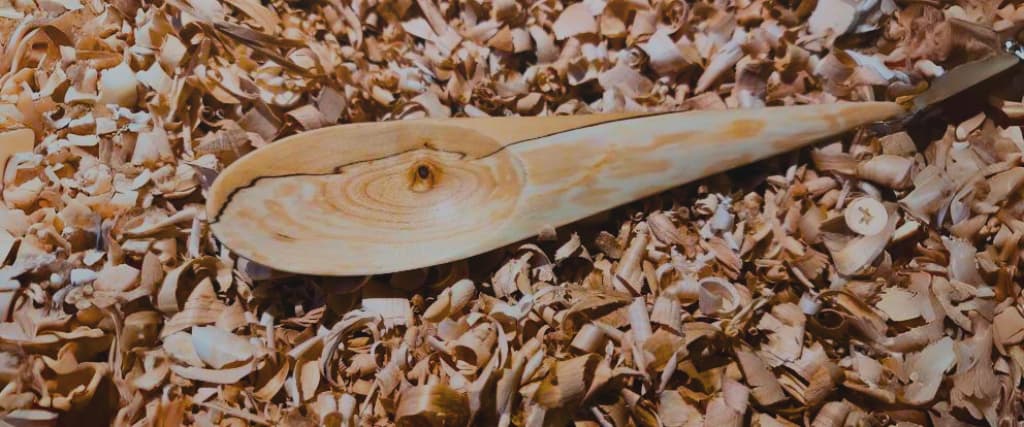
The first spoon usually takes between seven and ten hours for beginners. However, you will get a lot of chances to practice and improve your speed. Even though this might not sound exciting, watching your progress is still very fulfilling.
5. Should You Carve Dry or Wet Wood?
When spoon carving, you use wet, freshly cut wood. Recently cut wood gives the best results.
6. Why Should You Not Use Dry Wood?
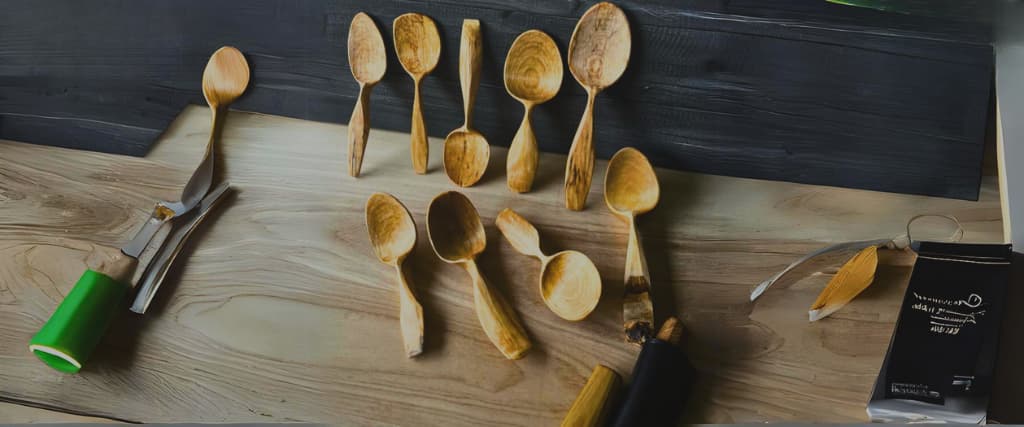
Using dry wood when spoon carving is okay, but getting the desired shape will be significantly harder. Wood usually hardens as it dries, meaning that the difficulty of spoon carving increases the dryer the wood becomes. Additionally, dry wood will dull your blades quicker.
7. What Do You Do With Leftover Wood?
Cut the wood into six-foot-long pieces, then paint each end with latex paint or a sealing product such as an arbour. Most spoon carvers use the technique as they prefer to get their whole wood trees at a go instead of in small chunks.
You can also toss small chunks in plastic bags and bigger logs into ponds to help preserve their moisture. Alternatively, you can process the wood into carvable blanks, put them in bags, and place them in your freezer. You can then retrieve them later for carving.
8. How Big Should The Wood Be?
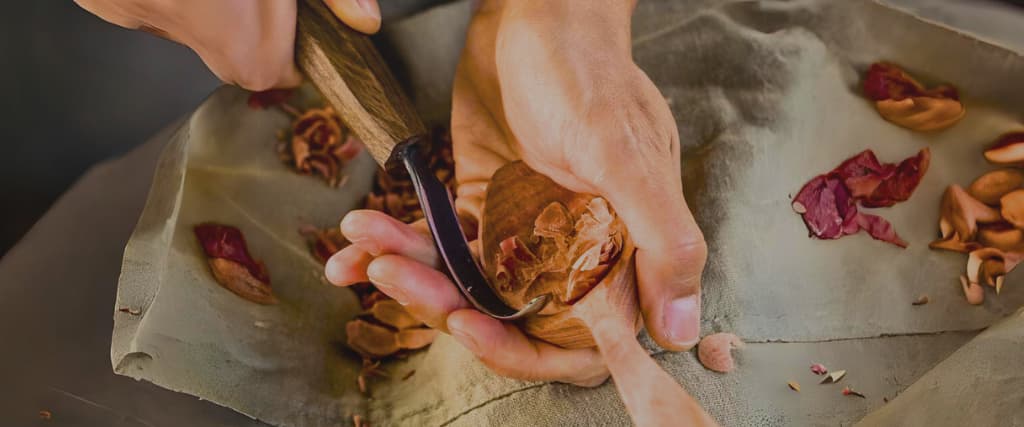
Most people carve wood with a football-sized diameter or bigger. The piece should be broad enough for you to split it into two halves and remove the pith from each half. Pith is the material at the centre.
Leaving the pith will make your carved spoons prone to cracking and warping after they dry.
9. How Do You Use Carving Knives?
You should learn at least five basic cutting techniques to ensure your safety. They include power cuts, chest lever grips, pull cuts, thumb lever cuts, and scoop cuts.
10. Are The Knives Ready For Use Immediately After You Buy Them?
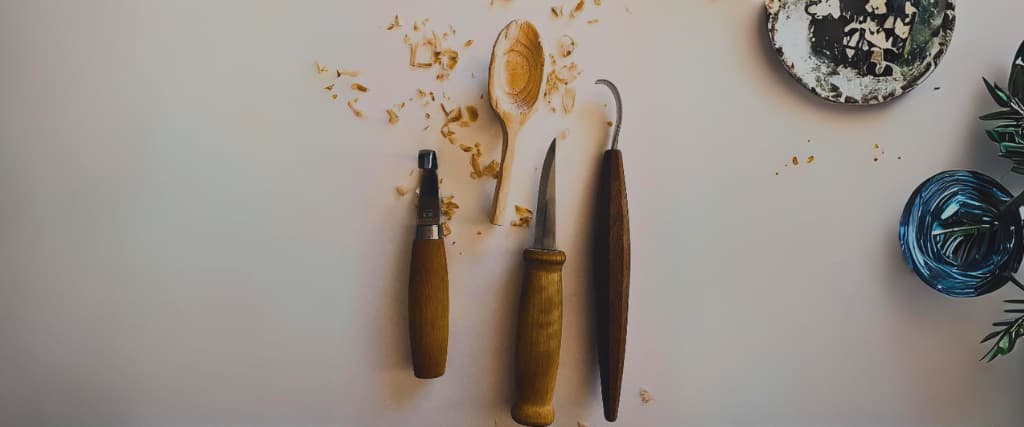
Whether you can use your knives depends on the shop or seller you bought them from. Most knives are safe for use straight from the box. However, they eventually become dull and require maintenance.
11. How Can You Tell If Your Knife Is Sharp Enough?
You can use some basic tests to check the sharpness of your knife. Some people use pieces of paper as a test.
You can also tell that your knife needs sharpening if it leaves ridges in the wood as you carve.
12. Should You Dull Your Knives For Safety?
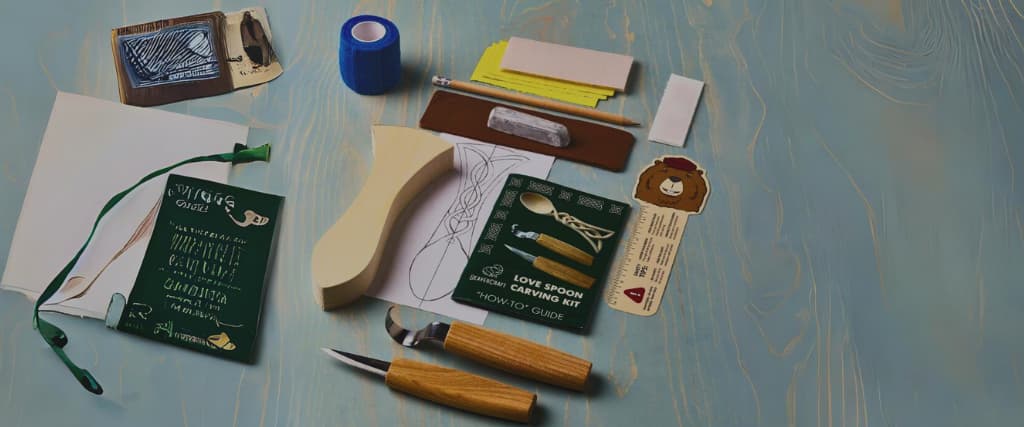
No, you should not dull your knives as this makes the knives more dangerous for use. Dull knives are, in fact, more unsafe than sharp knives, as you require more force to cut. Applying a more significant force can reduce accuracy and control, make your hand slip and cause an accident.
13. How Can You Know When Your Knife Needs Sharpening?
You can also tell that your knife needs sharpening if the difficulty of carving increases. The knife will leave ridges in the wood and scratch it as you carve.
14. How Should You Design Craved Spoons?
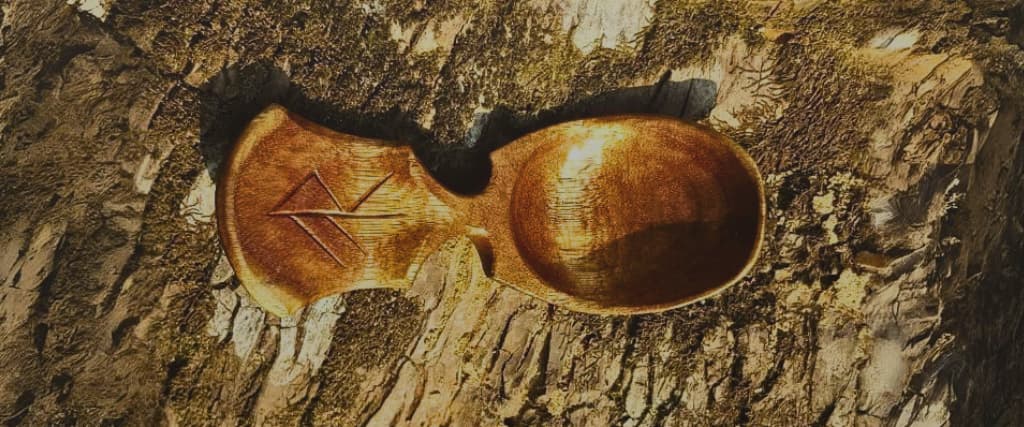
Design a carved spoon based on the wood. Divide the wood into thirds. The spoon bowl will occupy one-third of the block, while the handle will use up the rest. Give the spoon bowl an egg-like shape.
15. Why Would You Make Wooden Spoons Instead Of Buying Them At Super Cheap Prices?
Carving the spoon yourself gives you a rewarding feeling that cannot match buying the spoon. Additionally, you get to sharpen your creativity and carving skills.
16. How Should You Carve When Carving In 3D?

There’s a clear picture of the carving in 3D. Start carving in 1D. Carve each dimension at a time while ensuring to get the shapes right. Once you get the desired shape, blend in the edges and smoothen the spoon.
17. Why Are Chainsaws And Axes So Intimidating?
Chainsaws and axes are only intimidating if you are unfamiliar with how they work or have not received much practice with them. Once you learn their proper mechanics, you will understand the safety measures required and ease your anxiety.
18. How Should You Sharpen Your Knife?

There are numerous ways to sharpen knives. Use sharpening slips and strops (they can be made at home). If the knives are sharpened regularly, it is okay to use just the strop occasionally.
Take sharpening classes to ensure your safety when sharpening the knives.
19. How Should You Dry The Carved Spoon After Carving It?
When drying a carved spoon, leave it mixed with wood shavings to help absorb the moisture away from the spoon. The spoons can be left out drying naturally. They usually take only three days to dry.
20. What Should You Use To Finish Your Carving?
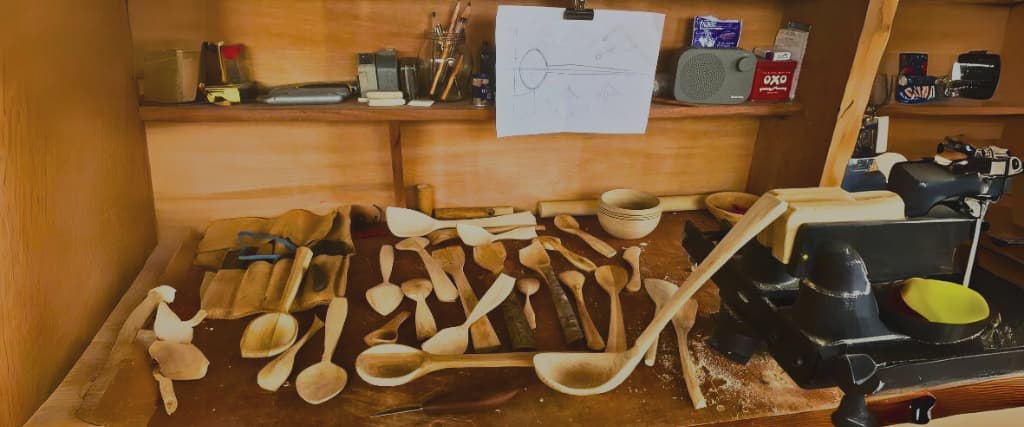
Finish the spoon using cooking oils that do not go rancid. An excellent example to use is walnut oil or coconut oil. Avoid using olive oil.
Also, avoid putting wooden spoons in a dishwasher as wood utensils do not mix well with water and heat. Washing them by hand is preferred as it is pretty straightforward. Dry the spoon immediately you wah it and ensure to re-oil it occasionally.
21. Should You Sand Your Spoon When You Finish?
Yes, sand the spoon if it is rough to the touch. Sand out any uncooperating tricky parts that could blister your hands when using the spoon. However, some people prefer to have visible knife cuts on the spoons to give them an authentic hand-crafted look.
Even though it is okay to sand the spoons, remember that the goal is to improve your skills until you no longer need to sand the spoons.
Bottom Line
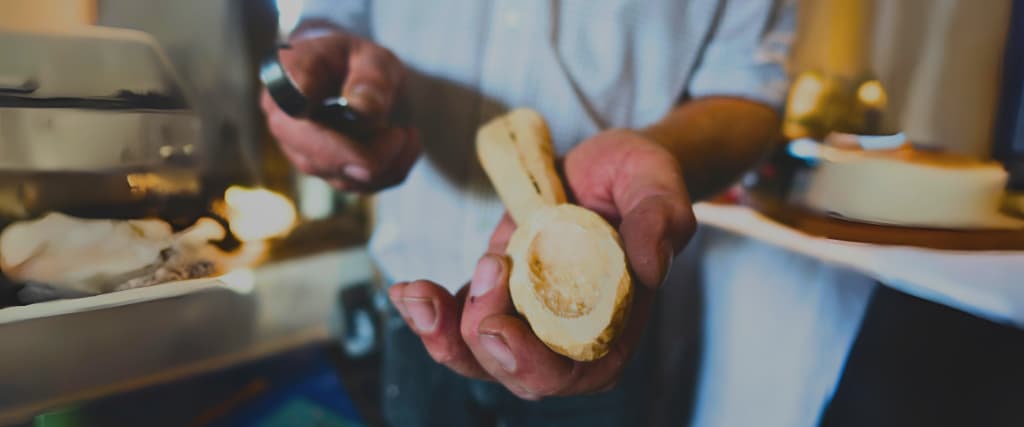
Spoon carving is an art that helps you test your creativity and wood carving skills. It is straightforward to learn, but at the same time, it can be enjoyable and engaging.
Learning the proper techniques and using the proper tools will undoubtedly help improve your carving skills. It will ensure you get a rewarding feeling from handcrafting your utensils.
